When we refuse to look inward, we are destined to project outward
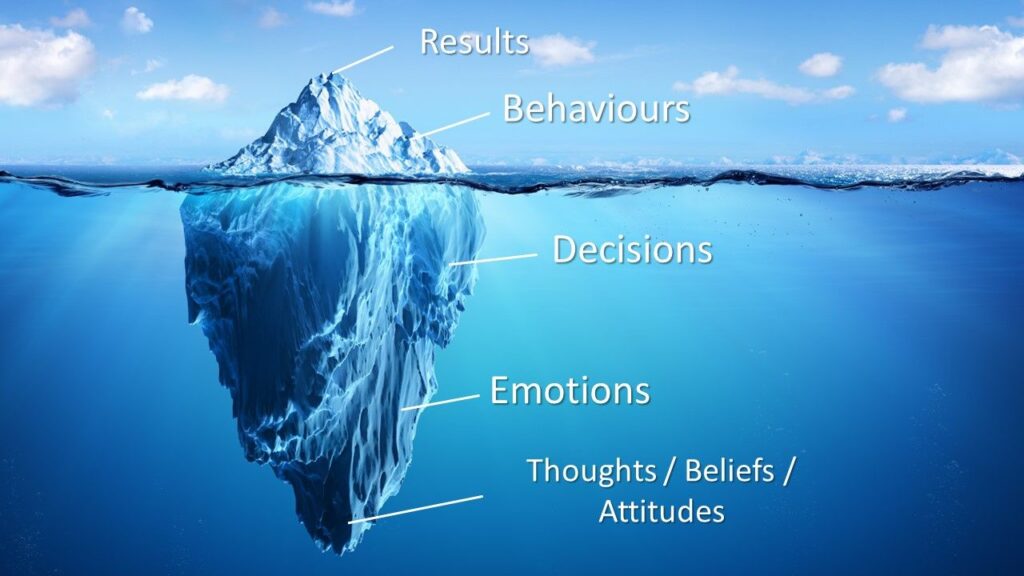
Avoiding looking in the mirror under the guise of busyness and achievement is easy. Having the courage to look deep into ourselves is hard. There are so many ways we can numb, suppress and avoid connecting with that most profound part of ourselves. For some, it is substance abuse, alcohol or drugs. For many leaders […]
What the Heck Does Emotional Connection Even Mean?
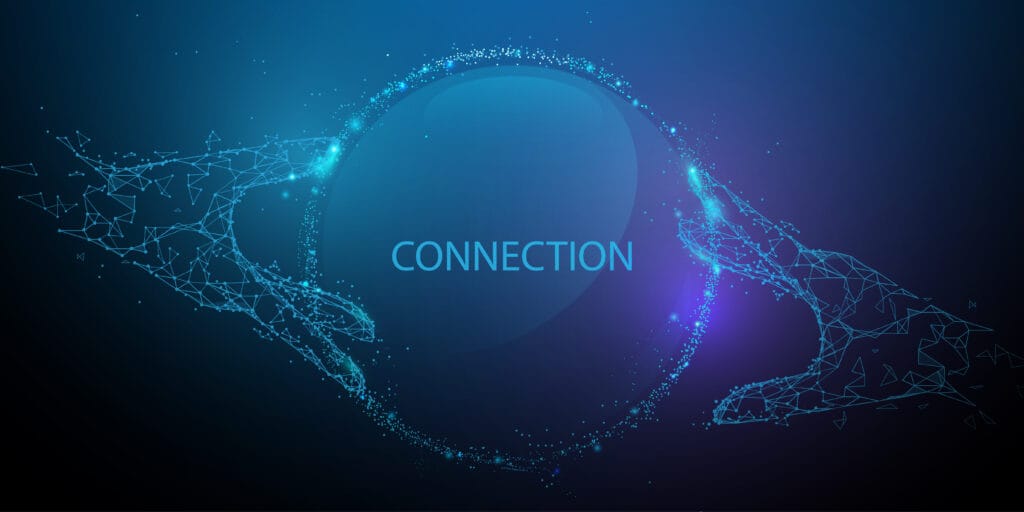
Language is powerful, it is important to get it right. I spend much time discussing the importance of Emotional Connection, particularly for men, and its impact on leadership, peak performance, and mental health. I share practices that I have found helpful in my journey, but I have not spent much time discussing what Emotional Connection […]
The Importance of Emotional Granularity for Men
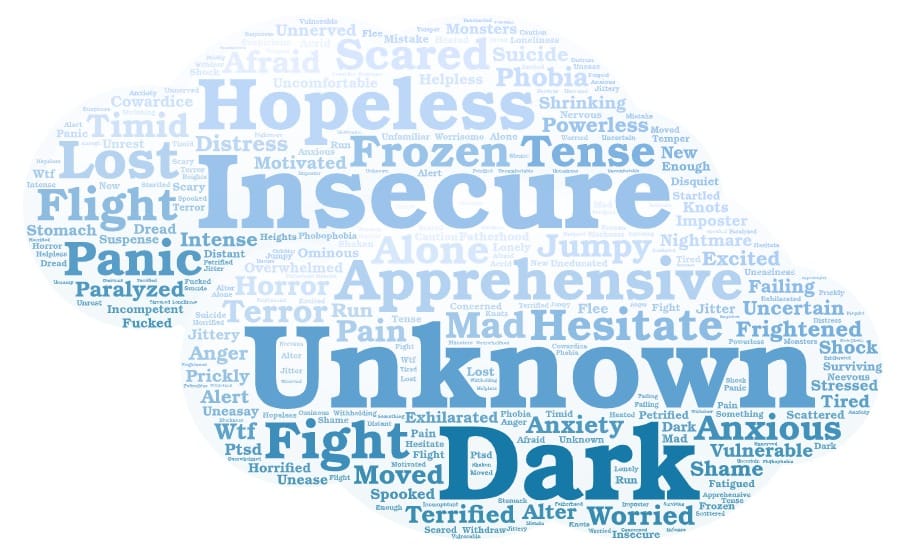
As men, we have had emotions conditioned out of us for most of our lives. The constant refrain from other men to “Suck it up” and “Be tough. Be Strong.” Any show of emotion other than anger is considered a weakness. Many men adhere to this paradigm with the refrain that they don’t want to […]
Breaking Free from Negative Self-Talk: A Guide for Men

In a society where the stereotypical portrayal of masculinity encompasses stoicism and presenting an undaunted façade, addressing the issue of negative self-talk among men is rarely discussed. The truth is that in our quest to “Measure up” to real or perceived expectations ensnares many men in a spiral of negative inner dialogue. Tackling this issue […]
Men, It’s Time to Stop Hiding

Last week I had a beautiful reminder of one of the most important aspects of healing, in particular for men. I attended a fundraiser luncheon for the Little Warriors Be Brave Ranch. The Little Warriors is an organization that creates spaces (https://littlewarriors.ca/be-brave-ranch/) and programs for children who are victims of childhood sexual abuse. Their mission […]
Cultivating Resilience in Your Team: A Leader’s Guide to Navigating Uncertainty

Four Ways to Build a Culture of Resilience I was 28 years old, at the peak of my career. I was making more money than I had in my life and, quite frankly, more than I would have imagined possible a few short years earlier. I had moved to a new town and was about […]
Are You Having a Midlife Crisis?

Is it really a midlife crisis? Many men spend most of their lives trying to live the life they believe they are supposed to live. They are supposed to be the provider, the protector, the ‘man’. Most do this at a great cost to self. They suppress their own needs, wants and desires in order […]
Men’s Mental Health: Self Awareness Is Key
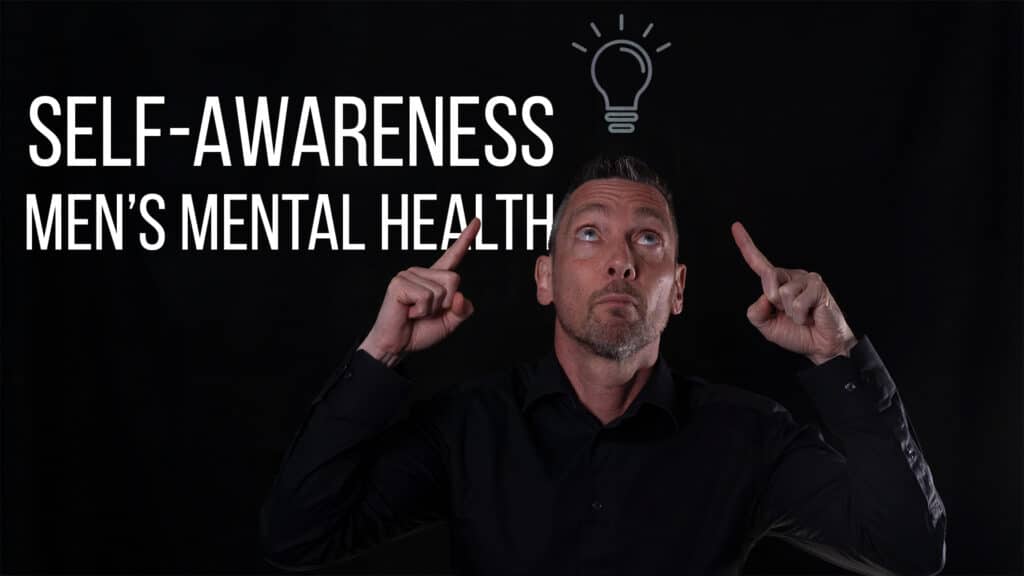
This one little shift will drastically increase your ability to reflect and grow. This little tip for me was a real key in moving from self-reflection to true self-awareness. When it comes to building resilience and strength so much of it comes down to the language we use as we explore. In order to build […]
Men’s Mental Health: Be Somebody’s Larry

When it comes to men’s mental health we all need somewhere to unpack what is going on in our lives. The challenge often can be that finding those spaces to do that is difficult. As men, we tend to like to “fix” things. This often kills the space required for exploration of feelings and patterns […]
Men’s Mental Health: Why Emotional Fitness Matters
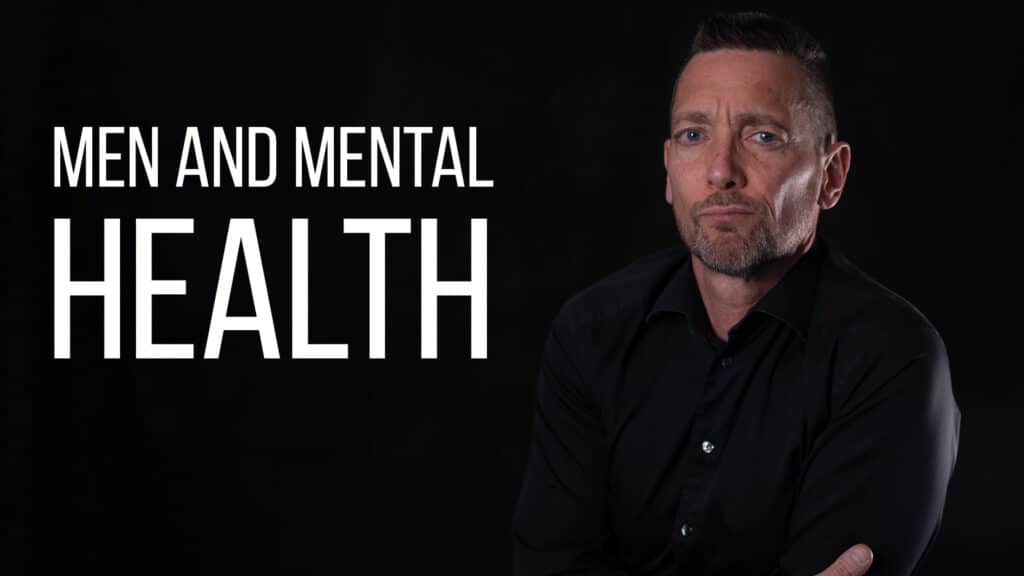
Why do so many of us men resist the mental health label? This is a conversation we need to have much more of. There are some unique societal pressures on men that create some unique challenges which ultimately require us to take some unique approaches when it comes to men’s mental health. Men everywhere are […]
Learning to Embrace the Suck
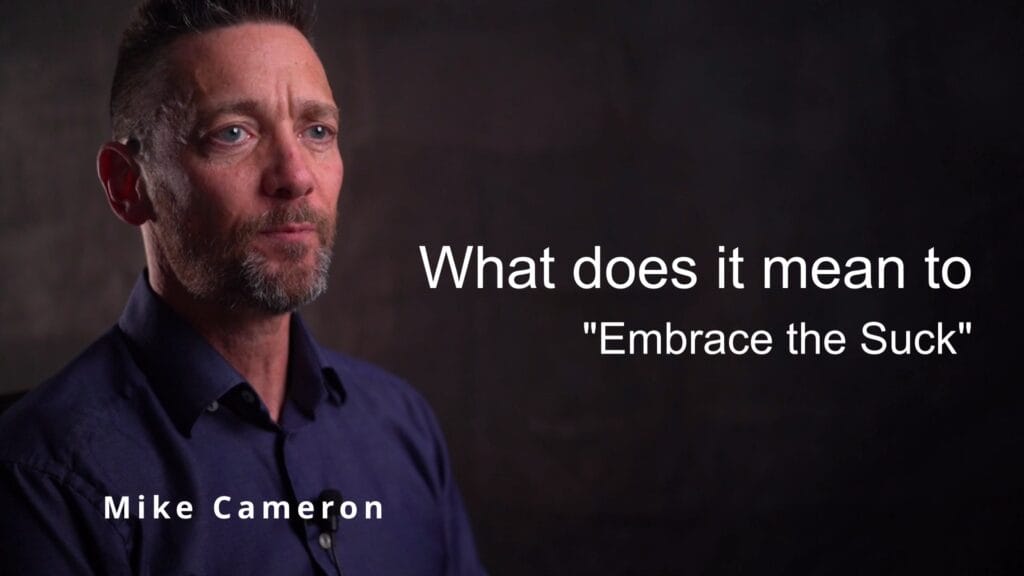
The difference between a good race and a bad race is all about how you manage the (inevitable) pain. Chris McCormack I first came across the term “Embrace the Suck” in the context of Ironman Triathlon. My daughter gave me a henna tattoo that made that proclamation across my forearm when I competed in my […]
The Truth About Male Sexual Abuse
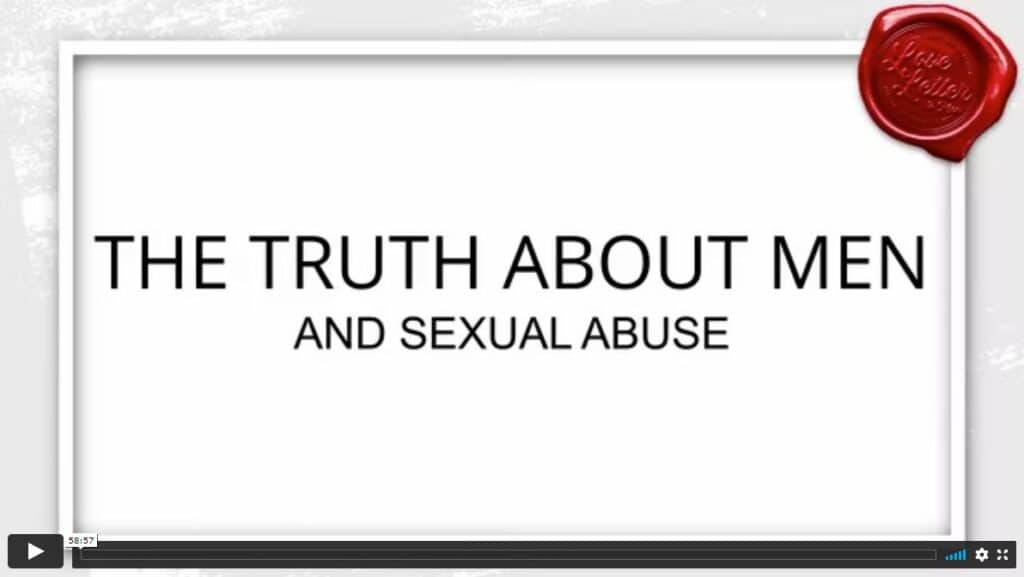
This video is an excerpt from the Love Letter to Men: A Celebration of Men’s Mental Health conference in February. In this panel discussion we talk about men and sexual abuse with two survivors and a licensed psychologist and author who works with men who have been abused. These are stories of hope and possibility.
Wakefield Brewster: Da Lyrical Pitbull
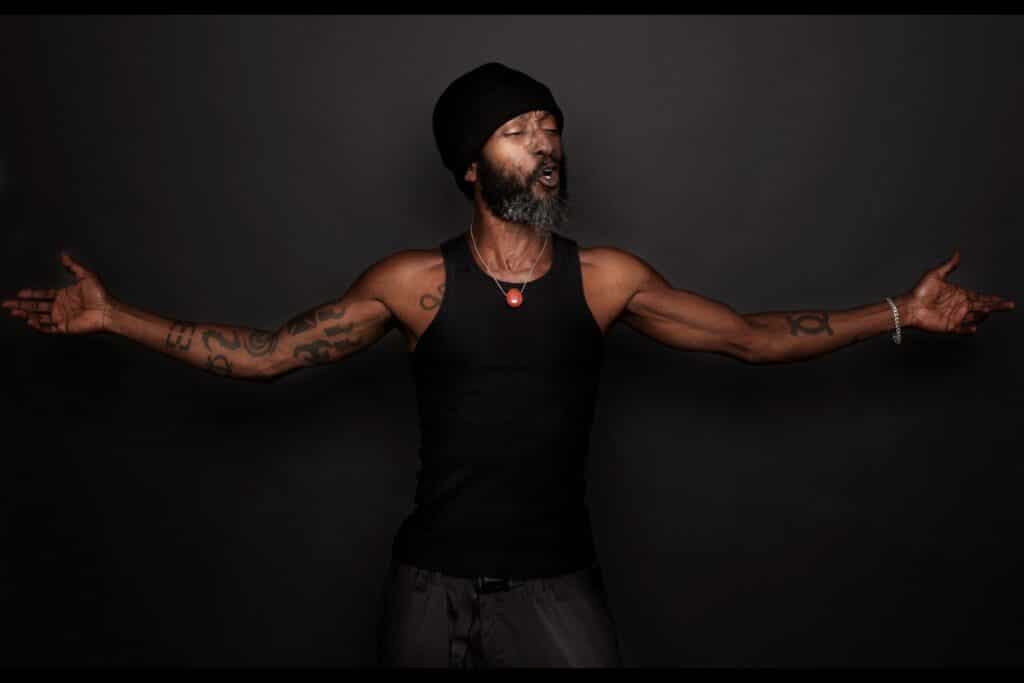
Since January 1999, Wakefield Brewster has been known as one of Canada’s most popular and prolific Performance Poets. He is a BlackMan born and raised in Toronto, by parents hailing from the island of Beautiful Barbados, and he has resided in Calgary since 2006. Wakefield Brewster has spoken across Canada, several States, and makes countless […]
Men and Grief
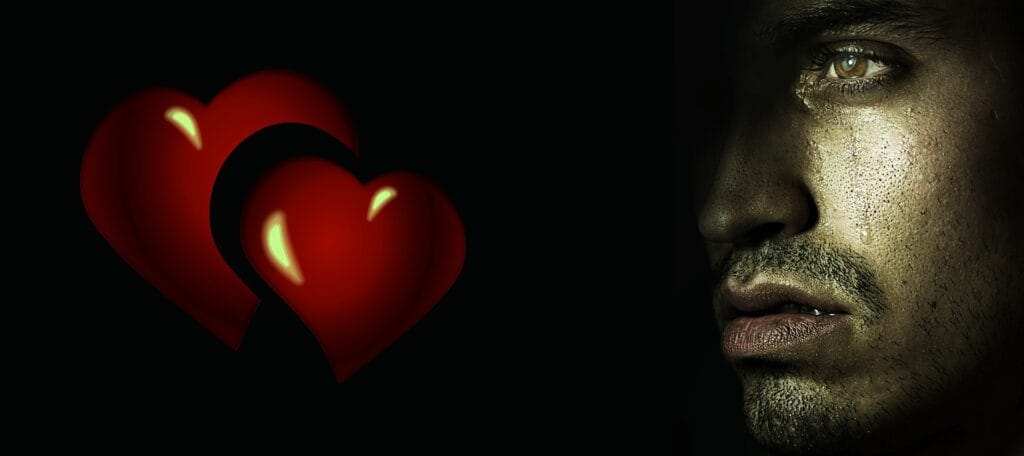
Grief is often something we don’t associate with Masculinity and when we do, there seems to be an expectation of stoicism, strength and frankly – fixing it, not suffering with it. Together we are going to discuss how that shows up in our lives and in the lives of those who support men who are grieving.
Fly In Fly Out Life – Real Stories, Struggles and Victories From Remote Work Camp Life

FIFO: faɪ fəʊ or Fly In Fly Out
FIFO work refers to remote camp work where workers are required to fly in and fly out to work and work away from home and their families.
This type of work poses unique challenges to workers and their families. The mental health struggles that can arise from the isolation from family, role transitions from work life to home life, societal stereotypes of masculinity and stigmas creating barriers to seeking help. We unpack all this through storytelling to give you a snapshot of FIFO life and to provide workers and their families with tools to thrive in this lifestyle.